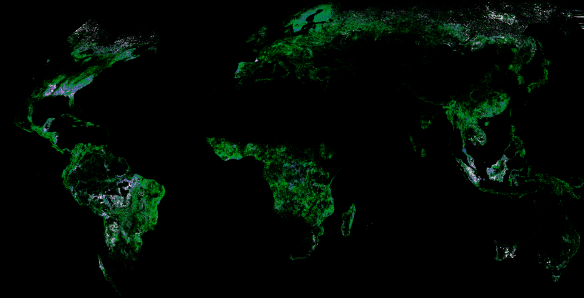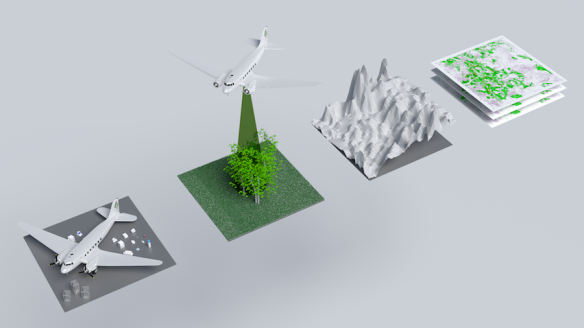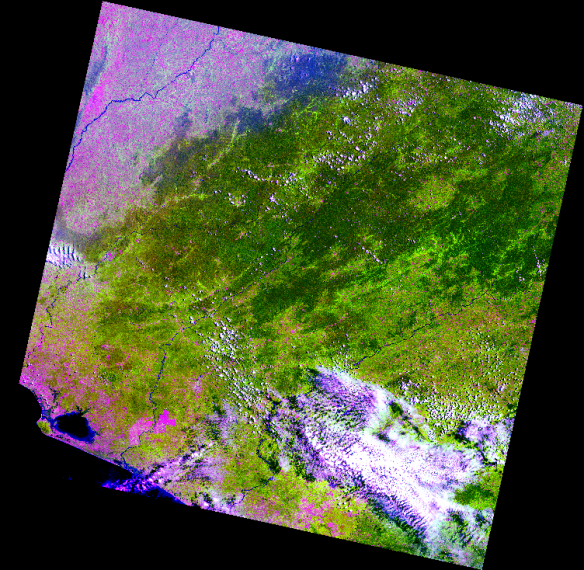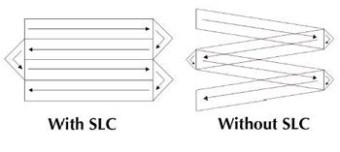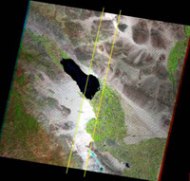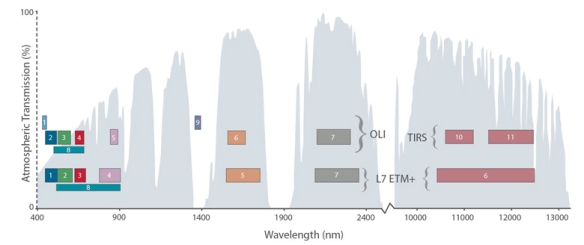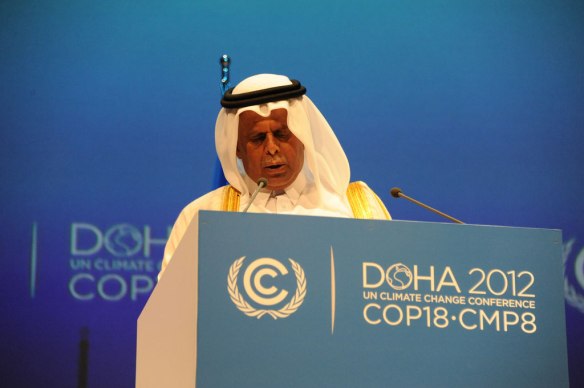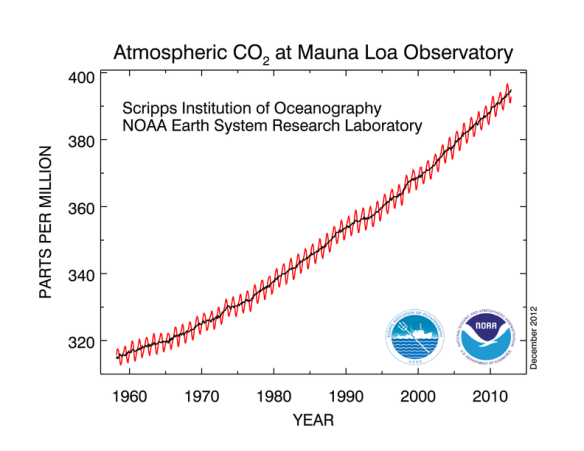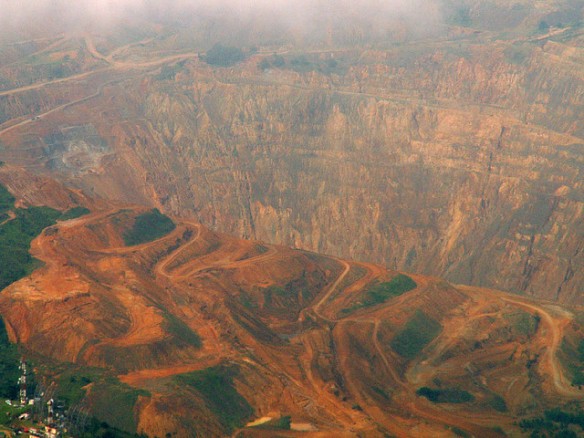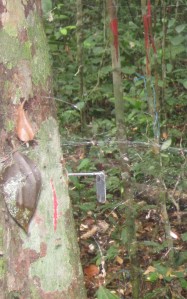A follow on from the 5th Building Carbon Bridges across Africa workshop
I’ve just come back from leading a training workshop in Accra, Ghana, as part of the Building Carbon Bridges across Africa project. For me this was a very useful and informative workshop, and I hope very much that the 12 participants from African government ministries and forestry departments learned some useful new skills. I’m writing this blog post to share some of the training I conducted in that workshop more widely.

I want to start by explaining a bit about the Building Carbon Bridges initiative. Building Carbon Bridges is one of an increasing number of South-South collaborations for REDD+, funded by western organisations. Ghana has recently developed a high-resolution carbon map, and has considerable expertise on other aspects of the Monitoring, Reporting and Validation (MRV) process, creating registries, and integrating sub-national projects (“nesting”). This project was set up to allow Ghana to share its knowledge with some East African countries (Ethiopia, Kenya, Uganda & Tanzania) and Nigeria. Building Carbon Bridges was funded by the Clinton Climate Initiative and run by Ghana’s Nature Conservation Research Centre (NCRC) in partnership with the Common Market for East and Southern Africa (COMESA).
This workshop, the 5th and final in the series, was run by NCRC and Ghana’s Forestry Commission and held in the excellent remote sensing training facility in the Center for Remote Sensing and Geographic Information Systems in the University of Ghana. I did the majority of the teaching at the workshop, but sessions were also led by Rebecca Asare and Winston Asante of NCRC.
Below I summarise some of what we discussed over the 3-day workshop – in particular I will go over links to some existing datasets, discuss how they can be used, and introduce the concepts of how you can develop your own carbon maps.
Why carbon maps?
So, why would you need a map of vegetation carbon? I can think of several reasons, that apply whether you are responsible for a small forest reserve, a forest concession, a community forest, a province or the forest/environmental resources of a whole country:
- Mapping carbon over your area of interest gives you an estimate of the total carbon locked up in the vegetation. This carbon has considerably value to the world: if it is released to the atmosphere it will contribute to climate change. Only by measuring this asset can it be valued. Forests have much more to offer the world than just their carbon stores (ecosystem services including flood protection, rain generation, evaporative cooling, and their store of biodiversity), but their carbon can be easily measured and doing so provides a part of the case for their preservation.
- Carbon maps show the areas of high and low biomass within a region. This allows efforts at forest protection to be targeted to the higher carbon areas, or potential can provide a warning sign of areas subject to degradation.
- Repeat carbon maps (for example annually, or every five years) allow calculations of net changes in carbon stocks. These net change numbers directly relate to payments under REDD+ or carbon sequestration schemes, and also can be used to set up historical baselines for carbon stock changes.
Why remote sensing?
The only way to accurately estimate the aboveground biomass of a forest is to set up field inventory plots, measuring the diameter and identifying the species of every stem (usually above a minimum size of 10 cm, as small trees do not contribute much to biomass), and measure the height of a subset. Standard methodologies exist for this, for example as described in the RAINFOR Plot Establishment and Remeasurement Manual.
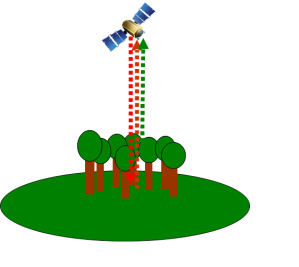 However, most field plots only cover 1 hectare (or often less), and are very time intensive and expensive to set up. Remote sensing allows the whole landscape to be sampled equally, regularly, and with little or no cost to the user. Only remote sensing can provide the continuous and regular view of a landscape essential for carbon stock monitoring. But remote sensing instruments do not directly measure biomass – they only provide indirect estimates. So field data remains essential – the guidance for forest carbon projects is clearly that remote sensing and field data should be combined (for example as stated in the excellent GOFC-GOLD sourcebook, the authority on estimating and reporting carbon stocks.).
However, most field plots only cover 1 hectare (or often less), and are very time intensive and expensive to set up. Remote sensing allows the whole landscape to be sampled equally, regularly, and with little or no cost to the user. Only remote sensing can provide the continuous and regular view of a landscape essential for carbon stock monitoring. But remote sensing instruments do not directly measure biomass – they only provide indirect estimates. So field data remains essential – the guidance for forest carbon projects is clearly that remote sensing and field data should be combined (for example as stated in the excellent GOFC-GOLD sourcebook, the authority on estimating and reporting carbon stocks.).
Definitions and units
Before we start, we should clear up some definitions:
- Aboveground Biomass (AGB): this is the oven-dry mass of all aboveground living plant material in a plot. Often in the literature only stems > 10 cm diameter (DBH) are included in calculations of AGB – this is fine in most forest ecosystems as most biomass is held in the large trees, but before reporting results a correction factor must be made to account for seedlings, shrubs and small trees. Units are normally in tonnes per hectare (Mg ha-1)
- Carbon stocks: carbon makes up approximately 50 % of plant biomass, and so biomass can be converted to carbon by multiplying by 0.5. Stocks over a landscape are normally expressed in units of carbon, not biomass, as this makes more sense when collating other carbon pools not covered here (e.g. soil carbon). Normal units are MgC, TgC or PgC, depending on the size of area being measured.
- tCO2e: this is the number of tonnes of carbon dioxide that would have the same global warming potential as the material being discussed. In our case this is easy to calculate: we simply multiply the number of tonnes (Mg) of carbon by 3.667. tCO2e are useful when comparing different types of carbon project, as the prevention of emission of other greenhouse gases (e.g. methane) can be converted to their CO2 equivalent.
What existing biomass maps are available?
There are two relatively high resolution maps of carbon stocks covering the tropics that can be freely downloaded by projects and used. A brief summary of how they are derived is summarised in a website I wrote here.
The first was developed by Sassan Saatchi and his collaborators, and was published in 2011 in the journal Proceedings of the National Academy of Sciences. A link to the original article can be found here. I should declare an interest at this point – I assisted in developing this map during my PhD, and am an author on the paper.
The second was developed by Alessandro Baccini and was published in the journal Nature Climate Change in 2012. A link to the original article can be found here.
I have developed a simple web tool that allows you to visualise, compare and query the maps. I have blogged about this tool before. Alternatively, the authors have made the raw data for both their maps available online to any user. The Saatchi et al. map is available here, the Baccini et al. map here.

Some country-level maps also exist, for example Ghana has produced its own 100 m resolution map, but these are unfortunately rarely freely available online.
Simple map comparisons
These different carbon maps can be directly compared using the web tool described above.
However, to do more detailed comparisons and create maps, you will need to use a remote sensing or GIS software package. There are a number of open source GIS systems that are powerful and easy to use, including (in no particular order) GRASS, SAGA, and QGIS. There are also commercial packages: ArcGIS is the most widely used GIS software package, and due to its ubiquity this was used for the workshop. Most suited to developing carbon maps are true remote sensing packages, that can easily open, manipulate and analyse satellite datasets. I use IDL-ENVI for my research, and another packages with similar capabilities are ERDAS IMAGINE and IDRISI.
Any of the above packages should enable you to open the carbon maps described above and:
- Create output maps over an area of interest using the same stretch.
- Extract the mean and total biomass over your area of interest, or a subset
- Create maps of the differences between maps (using the Raster Calculator or similar function to subtract one map from the other)
- Use a landcover map (see below) to discover the mean biomass of different landcover types, and from that use a spreadsheet to estimate the likely carbon losses (or possibly gains) that would result from landcover change. For example, if your ‘broadleaved forest’ class cover 1000 ha and had an aboveground biomass of 300 Mg ha-1, and ‘farmland’ had an AGB of 0 Mg ha-1, if you lost 10 % of forest (i.e. 100 ha) you could calculate that you would lose 300 x 100 = 30,000 tonnes of biomass, or 15,000 tonnes of carbon, or and 54,900 tCO2e (confused about the units? See the definitions sections above).
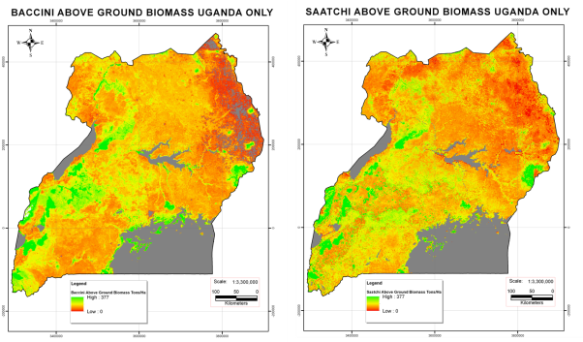
Comparison of two carbon maps over Uganda from BCB5 training workshop. Note the similarities (the location of high biomass areas are similar) and differences (e.g. more high biomass forest in the SW in Baccini et al. map).
Creation of maps from landcover classifications
If you would like to build your own carbon maps, rather than rely on published datasets, one of the simplest way is to use a landcover classification, and assign carbon values to different landcover classes. You may already have a landcover map for your region/country, or you can download an existing one. Two that are widely used are:
- the Global Landcover 2000 (GLC2000) dataset, which was a 1 km resolution dataset developed for the year 2000. The data can be downloaded here.
- the European Space Agency (ESA) GlobCover product, which is 300 m resolution and is available for the years 2005 and 2009. The datasets can be downloaded here.
In order to create a biomass map from a landcover map you need estimates of the biomass of each class. These are best obtained by locating a large number of field plots within each class; if that is not possible then a first guess can be made by matching the landcover types to values in standard tables, for example in forest inventory or FAO Forest Resource Assessment (FRA) reports for your country, the values in Annexe 3 of the IPCC’s Good Practice Guidance on Land Use, Land Use Change and Forestry.
Then a biomass map can be created using your GIS package, by assigning an AGB value to each class using a Reclass Table (or similar depending on your software).
Here is an example map produced at the workshop:
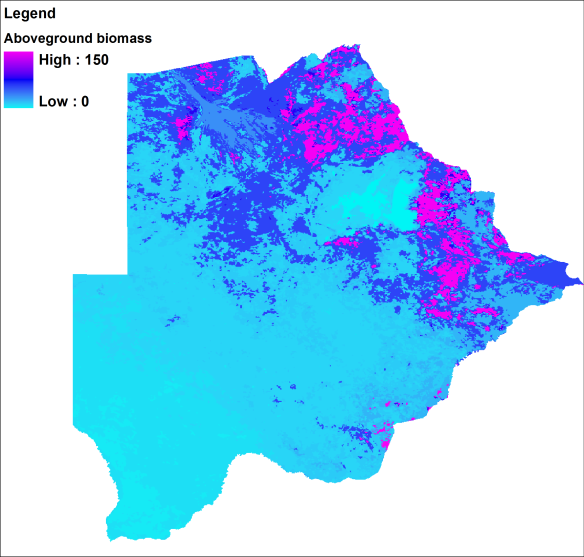
Botswana biomass map from GLC2000 landcover map and IPCC values
As you can see maps produced using this method are blocky, having a ‘painting by numbers’ look. This is because rather than each pixel being given a unique value, each class has the same value. Such maps have their uses, but clearly do not represent reality as do maps with different values for each pixel, which better reproduce the heterogeneity of ecosystems.
Creation of maps from active remote sensing data
By and large, optical datasets (e.g. Landsat, MODIS, SPOT) cannot be used for directly mapping biomass. They can be used for mapping landcover and landcover change, which is useful, but often have little sensitivity to biomass. This is a shame, as the vast majority of remote sensing data is optical.
However, fortunately, there also exists active remote sensing datasets, LiDAR and radar, which can map biomass at a pixel level (not having to go via landcover). Radar and LiDAR sensors have the capacity to produce accurate maps of biomass and biomass change, as shown in for example this paper of mine from Cameroon (radar), this from Gabon (lidar and radar fusion), or this paper by Greg Asner over Amazonian Peru (lidar and optical fusion).
In the workshop, we downloaded radar data over Africa from the ALOS PALSAR satellite, which is available freely form the Kyoto and Carbon Initiative website at a 50 m resolution for 2008 and 2009. This data is also available for SE Asia for 2008, 2009 and 2010; however unfortunately no free South America data is available currently. We then applied an equation from one of my papers (this one) relating radar backscatter to biomass, and from this were able to make biomass maps of the lower biomass regions and countries.
Backscatter:biomass equation from Mitchard et al. (2009):
EXP [(-2.73 + sqrt(7.45-(0.623(22+”Sigma0″))))/-0.311]
Unfortunately the ALOS PALSAR sensor is only sensitive to biomass up to about 150 Mg ha-1, so we were unable to map biomass over high biomass regions using this sensor. We were however able to use point estimates from the ICESat GLAS LiDAR sensor to estimate forest height, and hence biomass, in high biomass areas. ICESat GLAS data is freely available to download, but data was only collected from 2003-2009.

Biomass map over Mbam Djerem National Park in Cameroon. Derived from ALOS PALSAR data from 2007 and local field plot calibration. Details here.
Creation of maps from nonlinear models
When mapping biomass over very large areas, wall-to-wall coverage using active remote sensing data is not currently possible. Therefore combinations of field data, LiDAR/radar data, and optical data are normally used, combined using complex nonlinear models. This is the method followed by the two pantropical biomass maps described above.
There is not space here to describe the precisely methodologies used in detail – this is a complex process involving specialist software. See the Baccini et al. and Saatchi et al. papers for descriptions of how they did it – maybe I will expand further giving a step-by-step guide in a further blog post if there is interest.
Wrap up
I presented a summary of first steps for using aboveground biomass maps that already exist, and then mapping aboveground biomass in your study site. Obviously this is a very big topic, but I hope the above has provided help on the first steps, and links to useful resources. Please get in touch if this has been useful. Or if you have any questions or comments, please send me an email, or better still comment below so everyone can benefit.
